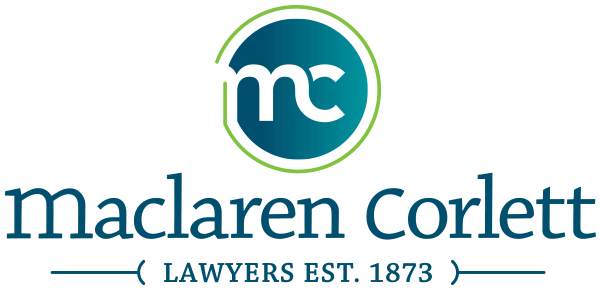New Regulations to the Community Trademark Law came into force on 23 March 2016. Besides Community trademarks now being referred to as “European Union trademarks” the amendments do not only apply to new applications, but can also have a considerable impact on the scope of protection for already existing Community trademarks. Owners of Community trademarks that were filed prior to 22 June 2012 can be required to update the specification of goods and services by 24 September 2016, in order to avoid limitations to their scope of protection.
The goods/services on which a Community trademark is based are classified into 45 classes. Each class has a class heading which is meant to indicate which goods/services fall within the respective class.
Until June 2012, any person could assume that a trademark covers all goods/services of a class whenever the application was filed for the entire class heading. For example, an application that was filed in class 25 for “clothing, footwear, headgear” also covered “belts”, even if “belts” are not necessarily considered “clothing”. Individual goods and services (for example, “belts”) on which a Community trademark was based did not need to be specified. In June 2012, however, the European Court of Justice ruled that even if the specification of goods/services of a Community trademark covers the entire class heading, one cannot assume that, automatically, all goods/services of that class are covered. To the contrary, only those goods and services should be covered which by their literal meaning fall under the terms indicated in the class heading.
So, there is now a risk that Community trademarks do not afford protection to goods/services that do not fall under the literal meaning of the term of the class heading. In other words: There is the risk that there is no trademark protection even though one thought there existed one under previous Regulations. This also includes the risk that if a third party has filed a trademark for exactly these goods/services you may not be in a position to proceed against such an application on the basis of your prior trademark.
A transitional regulation was implemented while amending the Community Trademark Law which, until 24 September 2016, will allow existing Community trademark owners, under certain circumstances, to specify the goods/services which they had intended to seek protection for, but which are not covered by the meaning of the heading of that class.
This means owners of Community trademarks should have them reviewed to determine if they are affected by the new Regulations and whether steps are required to maintain the trademarks’ protection.

